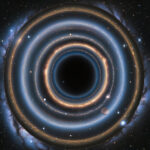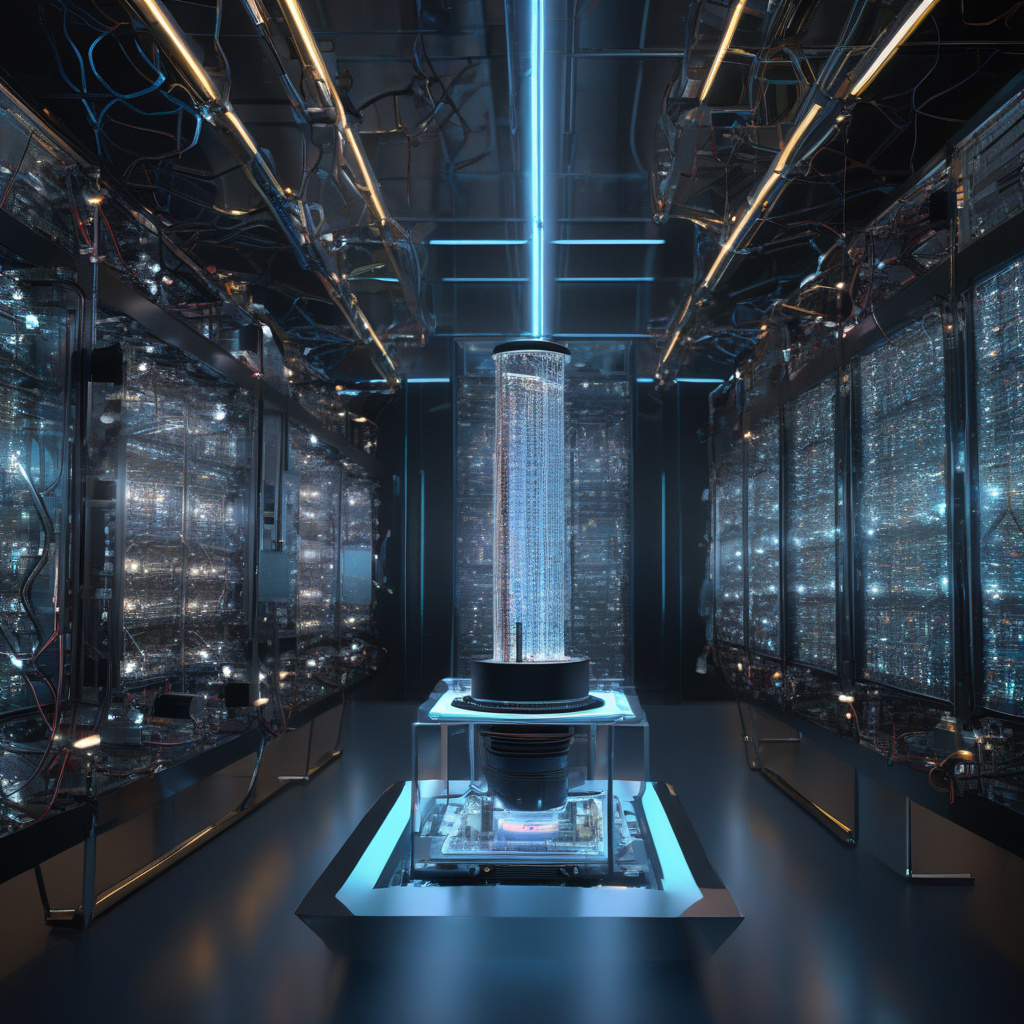New Quantum Error Correction Code Could Handle Millions of Qubits Efficiently
Scientists at the Institute of Science Tokyo have announced a breakthrough in quantum error correction that could revolutionize the field of quantum computing. The new quantum error correction code has the potential to handle millions of qubits efficiently, addressing one of the major challenges in building reliable and scalable quantum computers.
Quantum computers have the potential to solve complex problems that are currently intractable for classical computers. However, qubits, the basic units of quantum information, are extremely fragile and prone to errors caused by noise and interference. To build a practical quantum computer, scientists need to implement error correction codes that can protect the qubits from these errors.
Traditional error correction codes, such as the surface code, are effective but require a large number of physical qubits to encode a single logical qubit. This overhead limits the scalability of quantum computers, making it challenging to build large-scale systems with millions of qubits.
The new quantum error correction code developed by the scientists at the Institute of Science Tokyo takes a different approach. By leveraging the properties of topological quantum codes, the researchers were able to design a code that can efficiently correct errors in a large system of qubits while minimizing the overhead in terms of physical qubits.
One of the key advantages of the new quantum error correction code is its ability to handle a significantly larger number of qubits compared to existing codes. This scalability is essential for building practical quantum computers that can tackle real-world problems across a wide range of applications, from cryptography to drug discovery.
In addition to its scalability, the new code also offers improved fault tolerance, meaning that quantum computers based on this code will be more resilient to errors and noise. This is a critical requirement for realizing the full potential of quantum computing and unlocking new possibilities for scientific research and technological innovation.
The development of this new quantum error correction code represents a significant step forward in the field of quantum computing. With the potential to handle millions of qubits efficiently, this code could pave the way for the next generation of quantum computers that are not only more powerful but also more reliable and robust.
As researchers continue to push the boundaries of quantum technology, breakthroughs like this one will play a crucial role in shaping the future of computing and driving progress in fields such as artificial intelligence, materials science, and climate modeling. The possibilities are endless, and the impact could be transformative.
In conclusion, the new quantum error correction code developed by scientists at the Institute of Science Tokyo holds great promise for the future of quantum computing. With its ability to handle millions of qubits efficiently and reliably, this code brings us one step closer to realizing the full potential of quantum technology and unlocking a new era of innovation and discovery.
#QuantumComputing, #ErrorCorrection, #Qubits, #Innovation, #ScienceRevolution












